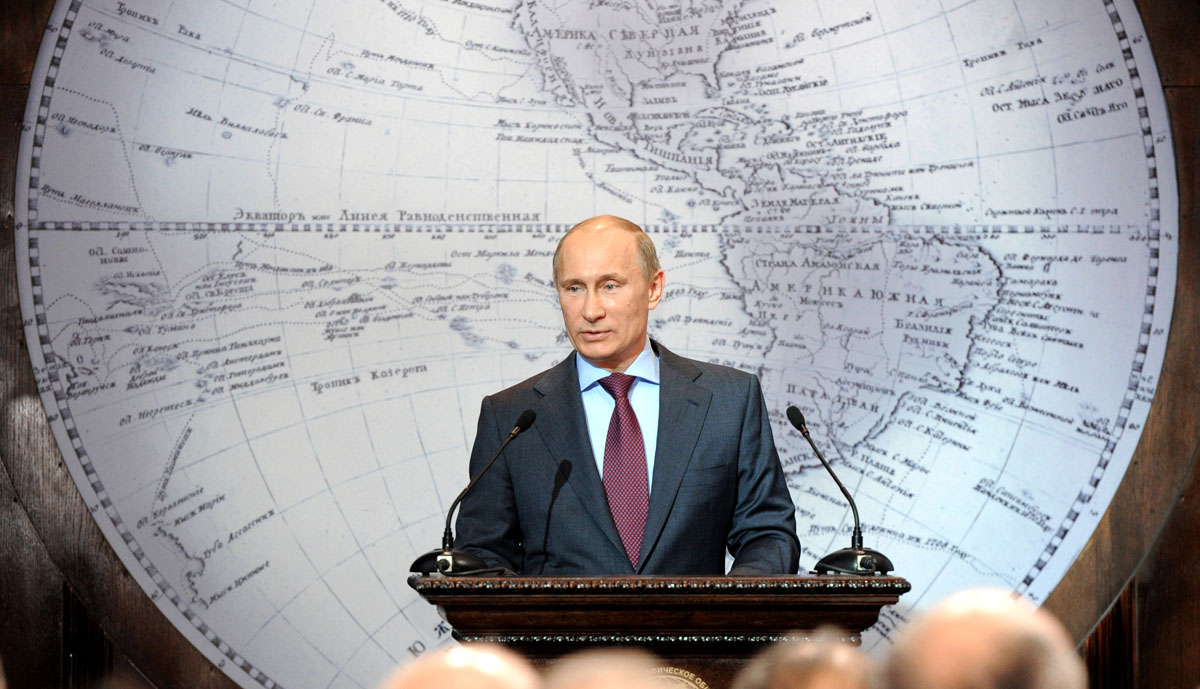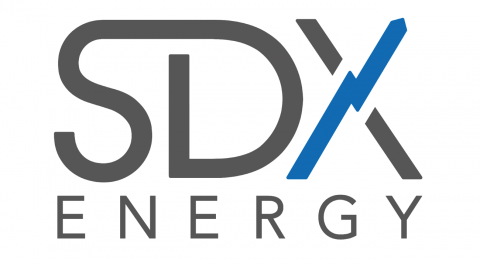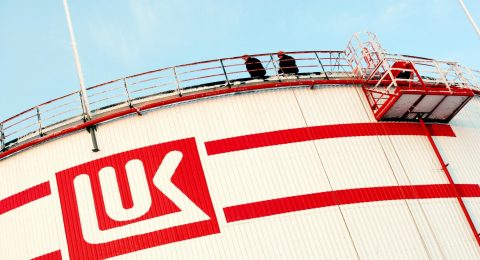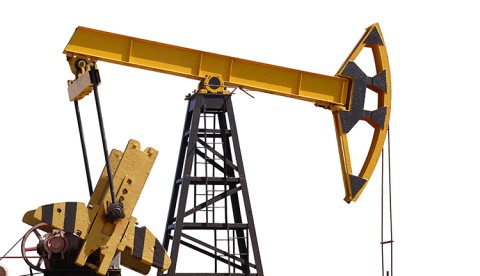Further stabilization of oil prices is likely to help lower inflation in Russia, allowing the central bank to reduce rates at a faster pace, the World Bank said Monday as it raised the economic outlook for the country.
The lender forecast 2.7 percent contraction this year for the Russian economy, which is an improvement on the April prediction of 3.8 percent decline in the national output. In 2014, the economy grew 0.6 percent.
The outlook for next year was raised to 0.7 percent growth versus 0.3 percent contraction predicted in April. Growth was seen improving strongly to 2.5 percent in 2017.
The new most likely scenario is more optimistic and assumes an average oil price of US$58.0 per barrel for 2015 and of US$63.6 per barrel for 2016, the World Bank said.
“The revised forecast is largely driven by the adjustment in oil prices over the previous two months that is supporting the ruble exchange rate and a slightly faster retreat of inflation,” said Birgit Hansl, World Bank Lead Economist for the Russian Federation.
“That would allow the Central Bank of Russia to pursue monetary easing at a more rapid pace for the rest of 2015, as a result bringing down borrowing costs and increasing lending to firms and households. Both investment and consumption growth would contract slightly less than previously expected.”
Consumption was forecast to decline both this year and next, by 4 percent and 1.1 percent, respectively. Investments were expected to register a 10 percent slump, but recover gradually next year with 4.5 percent growth and strongly in 2017.
The recovery in investment will be contingent on a removal of lingering structural problems and improvement in business and consumer sentiments, as sanctions are expected to phase out by the end of 2016, the World Bank said.
The World Bank expects Russia’s fiscal policy to follow a consolidation path over the next two years with some improvement in the fiscal balance as oil revenues stabilize, Hansl said. The lender expects significant structural reforms to be part of the 2016-2017 budget proposal, which could pave the way for a steady recovery in 2016 and growth of about 2.5 percent in 2017.
“Significant downside risks to our projection remain, as the global oil market continues to search for its new equilibrium and the commitment to structural reforms needs to be supported by a concrete set of strong policy actions,” the economist noted.
Source: RTT












